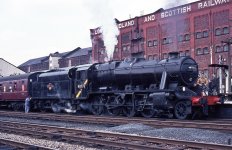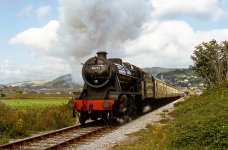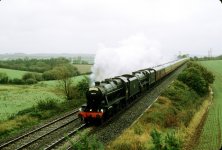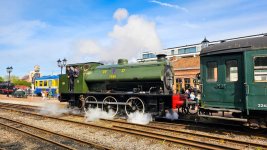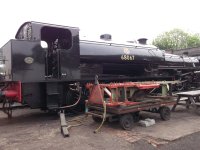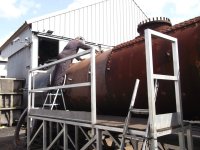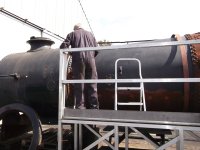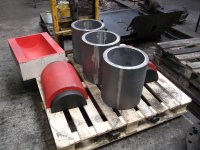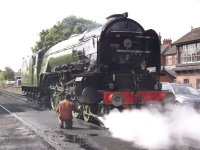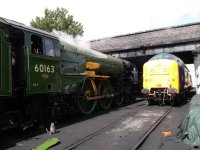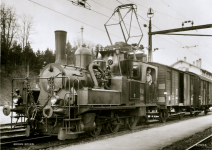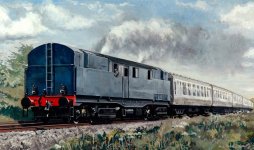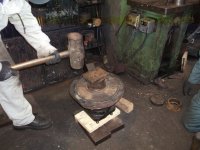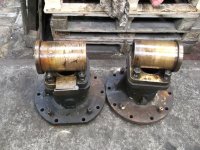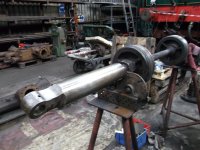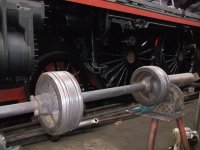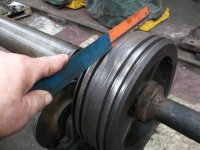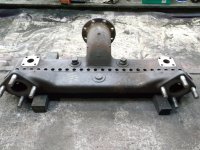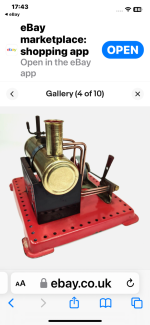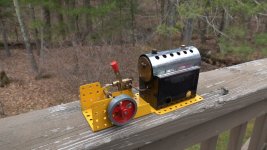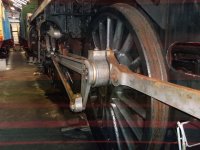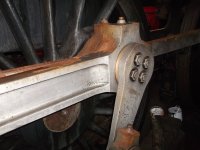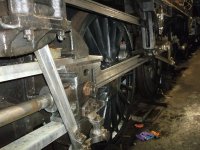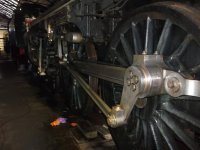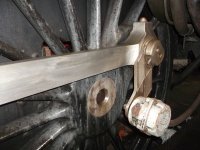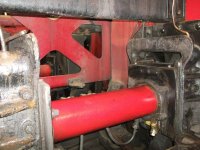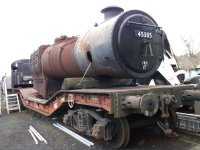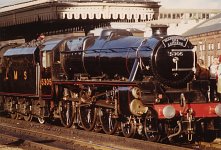Continuing the War Department theme and the North British Locomotive Works in Glasgow , here is another locomotive with a very interesting history which I was fortunate to have a close personal relationship with for many years . It is Stanier Class 8F 2-8-0 heavy freight loco number 48773 which was one of 852 built and was the London Midland & Scottish Railways ( LMS) standard heavy freight loco design dating back to 1935 with many being built at the LMS main workshops in Crewe . As demand increased with the onset of WW2 , many were built at other factories including North British in Glasgow where 48773 was built in 1940 . It was sent brand new to join the Royal Engineers Regiment in Egypt during the war and managed to survive unscathed other than being derailed by a camel whilst crossing the desert !!
At the end of hostilities it stayed in Egypt and used by Egyptian State Railways . It was withdrawn from service as it needed a new firebox and was due to be cut up but amazingly the newly formed nationalised British Railways saw fit to buy it back in 1948 and send it the Crewe Works for a major overhaul and it survived with British Railways and became one of the last operational steam locos when BR axed all steam loco operations in August 1968 . I traveled behind it on a `Farewell To Steam ` special train in April 1968 and to a photo of it that at Bolton in Lancashire . I never imagined as a 16 year old lad that day saying " goodbye " to steam on British Railways that I would eventually become a fireman and the driver covering many hundreds of miles on it over the years as well as two major overhauls in it throughout . Unfortunately it is now on static display in the Severn Valley Railways ( SVR) Museum as its boiler is life expired and the there is little hope of it steaming again due to lack of funds which is very sad as it was purchased by the SVR in full working order straight from British Railways in 1968 .
Of many happy memories , two really stand out . One was as support crew on in it to take it ` double headed ` with another loco down to Penzance in Cornwall to haul a charter train as far as Taunton in Devon . After a two day lay over at the nearby West Somerset Railway where the fire was dropped , firebox cleaned out , full preparation and oiling up before getting a timetabled slot on the national rail network where I was fireman back to Kidderminster on the Severn Valley Railway . The second occasion was a few years later when as driver on it an old gentlemen stood admiring it from the station platform . He had tears in his eyes and told me as a young Royal Engineer soldier in WW2 he was fireman on 48773 in Egypt and never thought he would live to see the `old girl` again . I felt a bit choked myself and just had to invite him up on the footplate . It made his day and mine too !

Photo 1 - Bolton 1968
Photo 2 - 48773 in action
Phot0 3 - 48773 leading 45110 as we power away from Penzance in atrocious weather .
